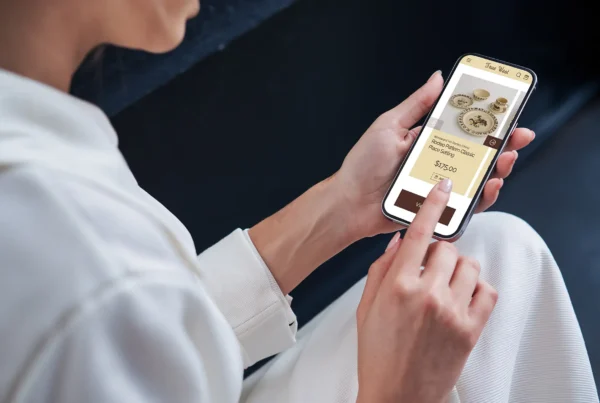
What Defines a High-Quality Image?


Examples of bad and good quality images featuring the same product
- Sharpness: Highest resolution photos are the ones you want to be sure to use for digital designs because you want users to see the crisp, clear images. Your website instantly loses credibility when it showcases blurry or skewed images. If hiring a professional photographer, always request the “High-Res” file versions, and if you’re taking images on your phone, be sure to select to save and send the largest file sizes.
- Relevance: If the images chosen have no pertinence to the surrounding information, it will only confuse the customer, make the customer lose interest, take up space on your site and decrease the professional feel of your website. Make sure each image is chosen carefully with a clear intention in mind.
- Speed: While it is important to have as large an image on your site as you feel necessary, it is equally important that the image has fully loaded by the time that the user is viewing it on their screen. Thus creating an important balance between the quality and the size of the image. The bottom line is, one should aim for the smallest image size as possible without losing image quality.
Why is Having High-Quality Images on Your Website Important?
High-Quality Images Provide Better User Experience
As a user of the internet, think about a time when you were researching something online. When you were clicking through websites in the search results on Google to find your answer, you’re more likely to stay on a website with comprehensive information and supplemental images that connect to the info. Moreover, high quality images allow the users to make an informed opinion about the value of your site. So it is almost common sense that the better quality images you have on your website, the better the experience for any user visiting your site.
User’s Attention Span is Relatively Low

In the age of the internet, the average user’s attention span is low. With the rise of social media like Snapchat and Tiktok, we’ve grown accustomed to receiving our information in 10-15 second long videos. And thus users will spend less time on average when scrolling through your website. According to a study done by the Nielsen Group, the average user decides if they want to stay on a site within 10-20 seconds. Furthermore, humans are able to process images 60,000 times faster than text. So it is clear that including high quality images on your site is of utmost importance to grab the attention of the user efficiently and hold it.
High-Quality Images Help Improve Website SEO
The descriptor “high quality images” has double meaning when it comes to SEO. Search engine bots can’t see the images on your website but they are capable of reading the image tags, captions, alt text, and other textual context for an image. This is why it is important to take several extra factors into account when adding images. Make sure the alt text (image description text for visually impaired users) and keywords for the image are directly related to the image. And the file name for the image should be descriptive of the image. Additionally images improve the bounce rate of a site. The bounce rate is how quickly a user will leave a site after visiting it, on average. So it is important to have high quality images to draw the user in and keep them there, thus reducing the bounce rate.
Images Improve User Engagement

As previously mentioned, visual information is processed 60,000 times faster than textual information. This can be used to the advantage of user engagement. By including high quality images that describe it is easier to tell the story of your business and/or demonstrate the services your business has to offer. High quality images for websites are much more likely to draw the viewer in and keep them there. And the quality of engagement increases with the quality of the images.
High-Quality Website Images Improve the Conversion Rate
High-quality images are important for engaging users and getting them to spend more time on your website. Conversion rate is improved by high quality images by bringing more users to your site, creating more chances to convert. Quality images reduce bounce rates which also increases traffic. And images allow you to communicate more clearly and intimately with your customers, which improves the customer-business relationship, which increases the likelihood of conversion.
We hope that the importance of high quality images has been imparted on you. The simple act of adding, changing, or rearranging the images on your website can make a world of difference for customer engagement as well as SEO visibility. At Living Proof Creative, we are capable of helping you with this and so much more.






